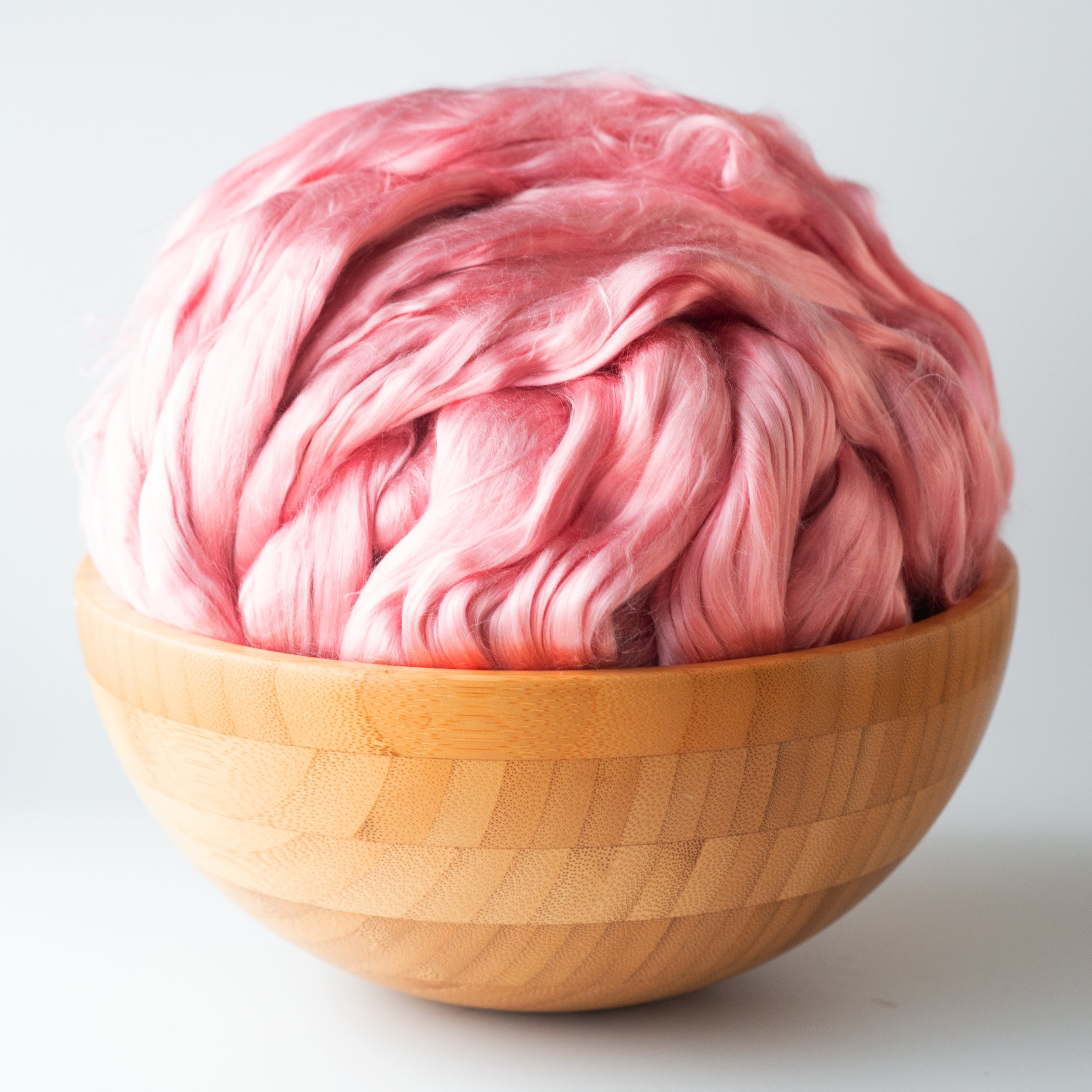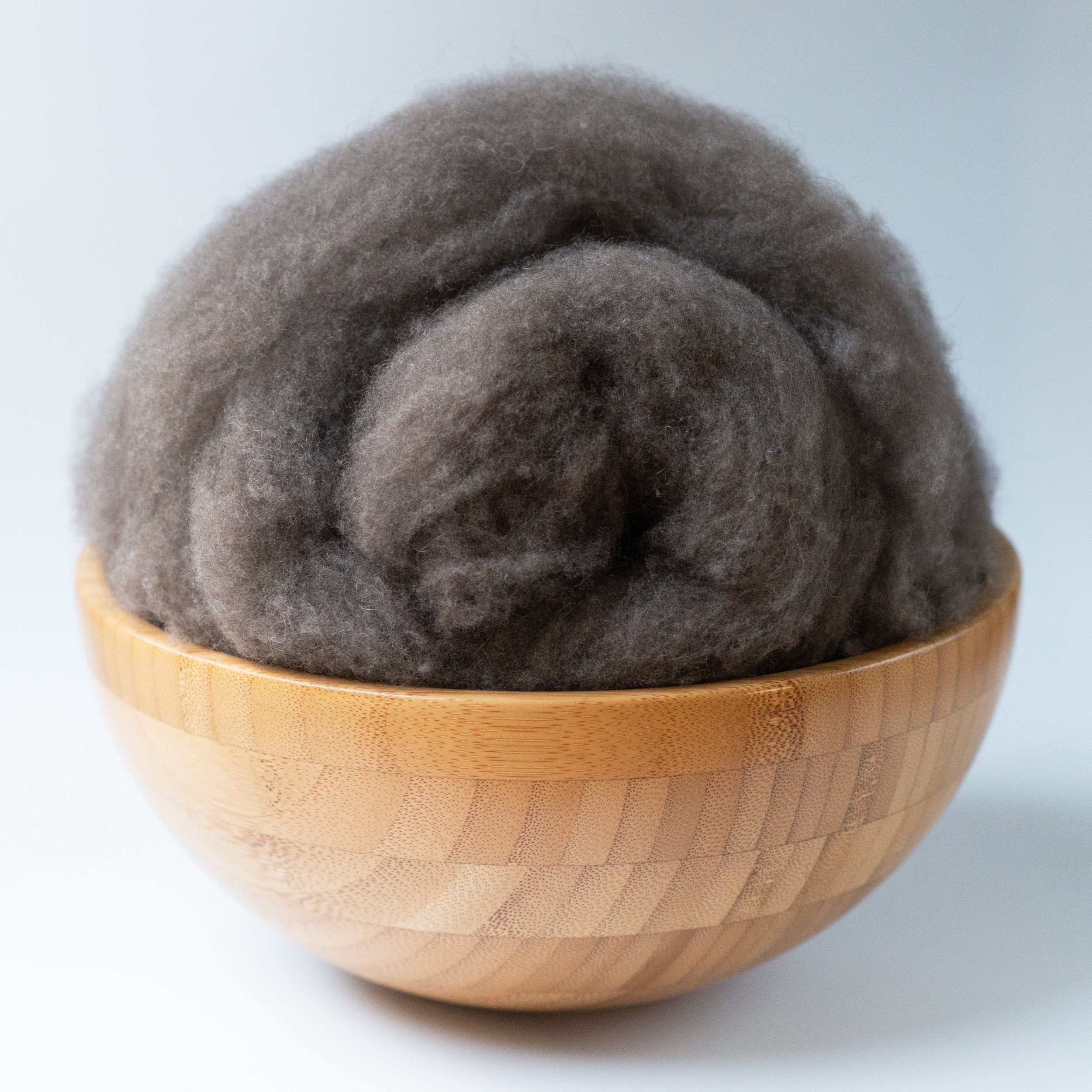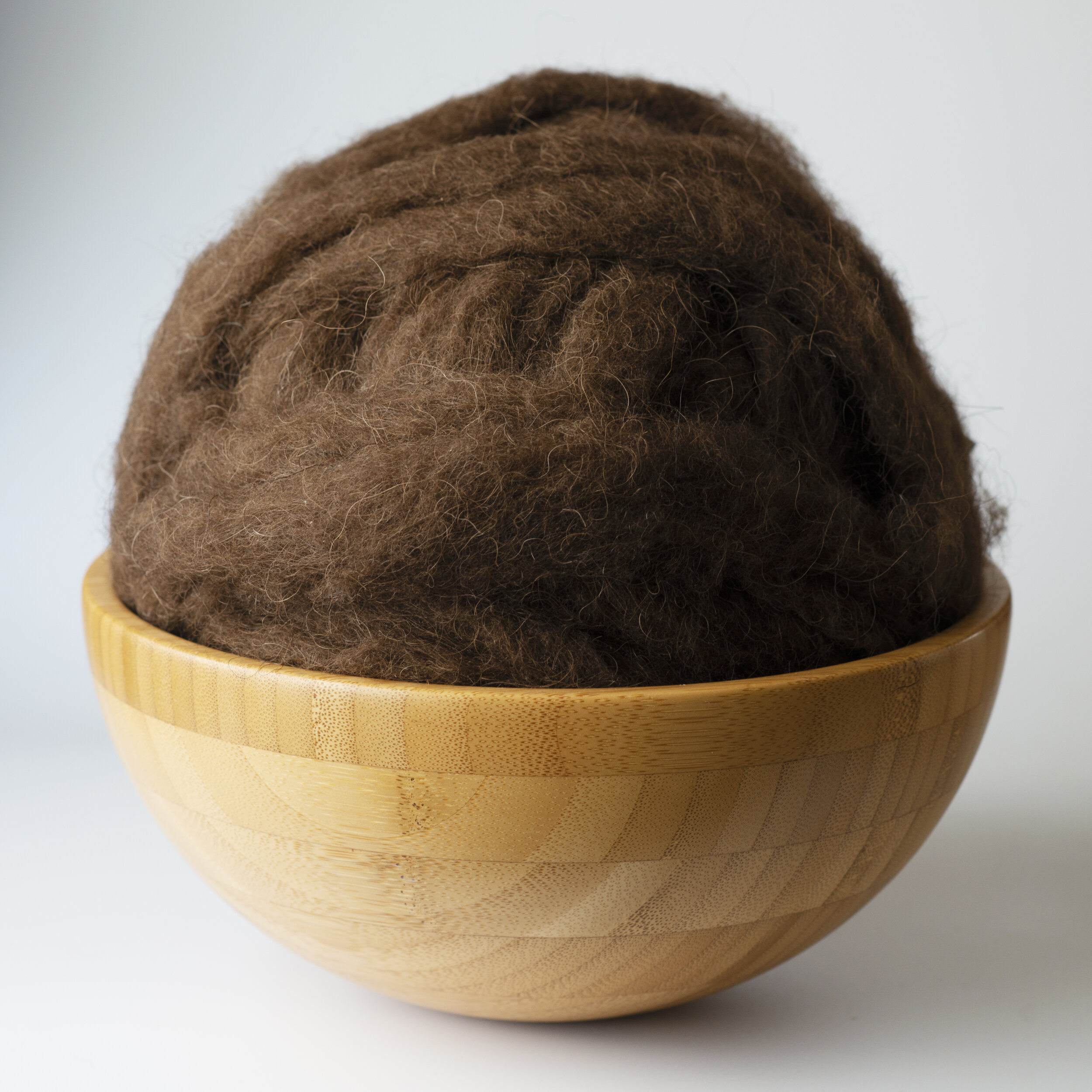 Image 1 of 2
Image 1 of 2

 Image 2 of 2
Image 2 of 2



Florentine Mulberry Silk (13 μm)
Mulberry silk is produced by Bombyx mori, a silkworm that was first domesticated by humans nearly 5,000 years ago in China. It is called “mulberry silk” because B. mori feeds almost exclusively on mulberry leaves, in contrast to other silk moths that feed on oak or castor. Mulberry silk is the finest and softest of all the silks: five millennia of selective breeding have produced a silkworm that spins cocoons of immaculately light filaments that yield strong and highly lustrous yarns. The trade-off is that B. mori has been so thoroughly domesticated that it can no longer survive in the wild; it has lost both its natural fear of predators and its ability to fly, and it has to be carefully cultivated by humans.
Mulberry silk was one of the major trade goods of the eponymous Silk Road, and during the Renaissance, Italy became Europe’s main center of silk dyeing and weaving. That long tradition continues today. Florence and its surrounding cities still produce exceptionally fine yarns and woven brocades from Chinese mulberry silk; they have also mastered the very demanding art of dyeing mulberry silk sliver without ruining its soft feel (commercial silk is nearly always dyed after the yarn is spun or woven into finished goods). Our Florentine Mulberry Silk is dyed in the city of Prato just outside Florence, using exceptionally fine Chinese silk. This is a superlative sliver with excellent hand and high luster, and is perfect for spinning bright, vibrant yarns.
Mulberry silk is produced by Bombyx mori, a silkworm that was first domesticated by humans nearly 5,000 years ago in China. It is called “mulberry silk” because B. mori feeds almost exclusively on mulberry leaves, in contrast to other silk moths that feed on oak or castor. Mulberry silk is the finest and softest of all the silks: five millennia of selective breeding have produced a silkworm that spins cocoons of immaculately light filaments that yield strong and highly lustrous yarns. The trade-off is that B. mori has been so thoroughly domesticated that it can no longer survive in the wild; it has lost both its natural fear of predators and its ability to fly, and it has to be carefully cultivated by humans.
Mulberry silk was one of the major trade goods of the eponymous Silk Road, and during the Renaissance, Italy became Europe’s main center of silk dyeing and weaving. That long tradition continues today. Florence and its surrounding cities still produce exceptionally fine yarns and woven brocades from Chinese mulberry silk; they have also mastered the very demanding art of dyeing mulberry silk sliver without ruining its soft feel (commercial silk is nearly always dyed after the yarn is spun or woven into finished goods). Our Florentine Mulberry Silk is dyed in the city of Prato just outside Florence, using exceptionally fine Chinese silk. This is a superlative sliver with excellent hand and high luster, and is perfect for spinning bright, vibrant yarns.













